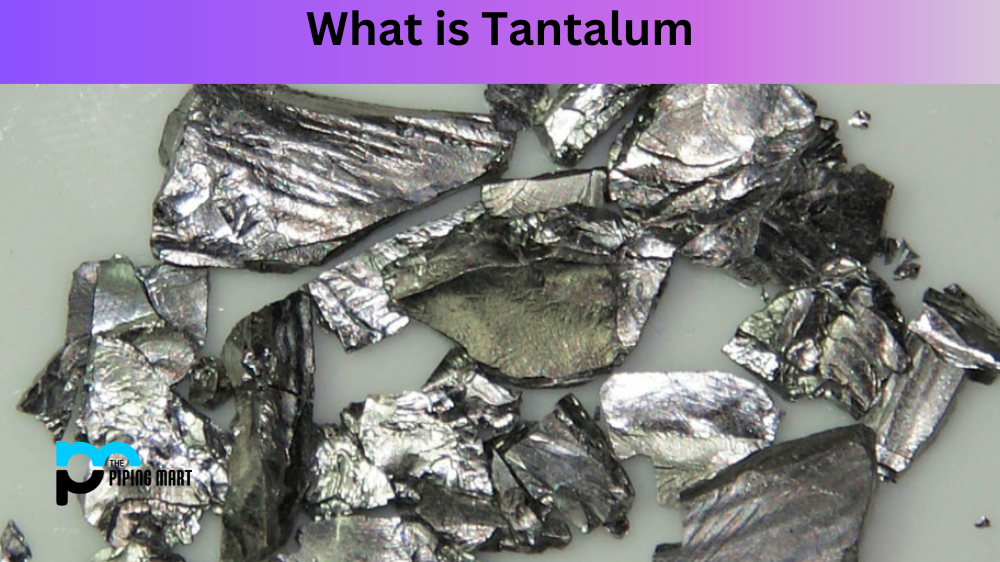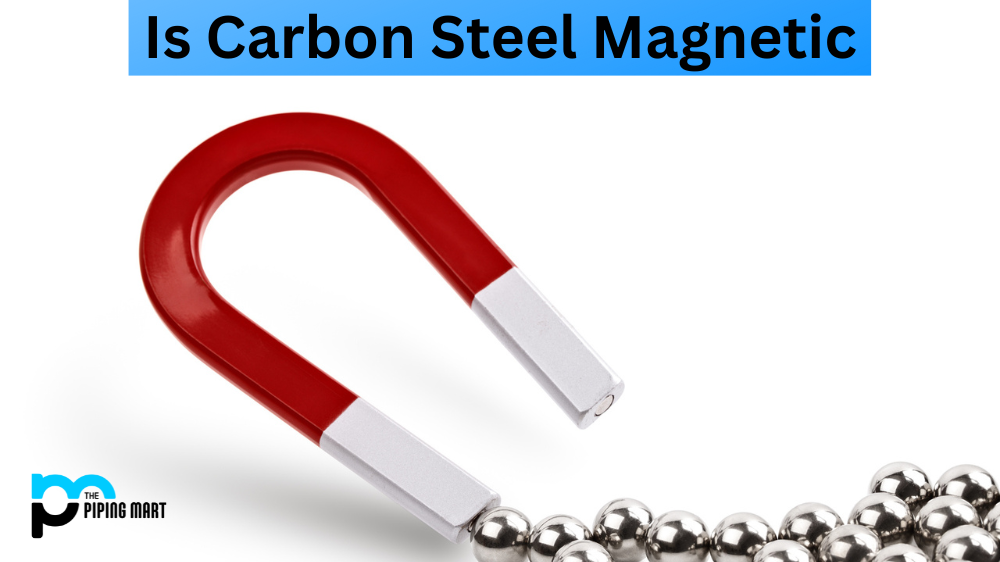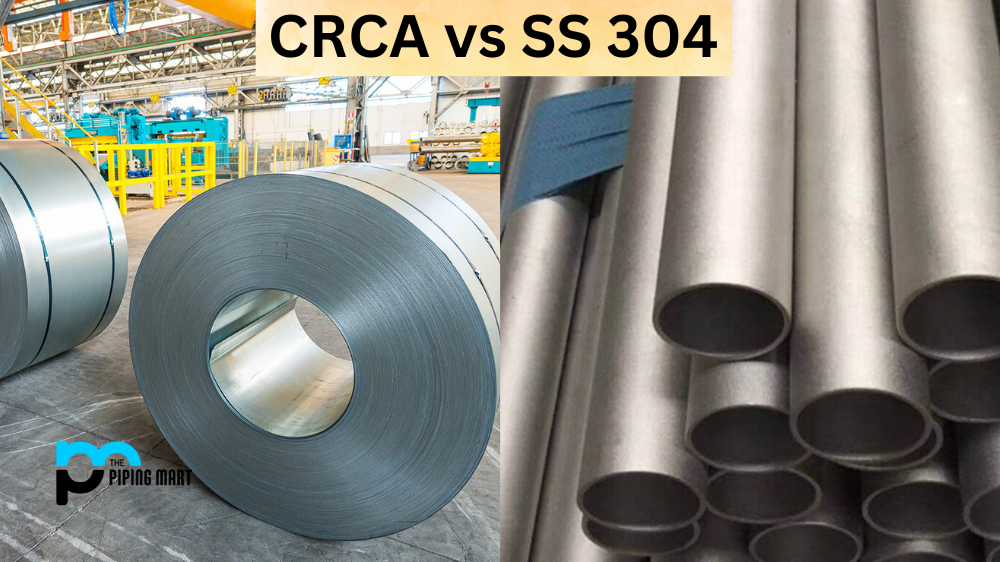Tig welding is a process that requires skill and precision. It involves a tungsten electrode that needs to be ground correctly to produce the best results. Preparing your tungsten correctly can greatly impact the quality of your welds, so it’s important to know how to do it properly. In this blog post, we’ll go over the basics of grinding tungsten for tig welding.
Grinding Wheel Selection
The first step in grinding tungsten is selecting the right kind of grinding wheel. A fine-grit aluminum oxide wheel is ideal for sharpening tungsten electrodes because it won’t contaminate them like other types of wheels might. Make sure you use one with a diameter between 3/4 inch and 1-1/2 inch, as larger sizes may cause the electrode to overheat during grinding.
Grinding Technique
Once you’ve selected your wheel, make sure it’s securely mounted on your grinder before beginning. When you’re ready, hold the electrode firmly in place with your non-dominant hand while using your dominant hand to power up the grinder and begin grinding. Move the electrode in a circular motion against the wheel at an angle that’s perpendicular to its surface—this will help ensure an even grind every time. Keep going until you have achieved your desired length and shape—generally speaking, this should be somewhere between 3/8 inch and 5/8 inch long with a consistent diameter throughout its entire length. Once you are finished, remember to turn off the grinder before setting aside or removing the electrode from the wheel!
Degree of Grind
Once you have ground your electrode down to size, it’s important to inspect it closely for any signs of contamination or oxidation on its surface—these can affect how well your welds will join together when completed, so they need to be removed before proceeding further. If necessary, repeat the above steps until all contaminants are gone from its surface. Then, move on to determine what type of grind angle is most appropriate for our project by consulting with an experienced welder for advice if needed!
Conclusion:
Grinding tungsten correctly is essential for achieving good weld quality when using Tig welding techniques. The key points are selecting an appropriate grinding wheel that won’t contaminate the electrode, powering up the grinder before starting work, moving in a circular motion at an angle perpendicular to its surface while holding firmly in place with one hand (your non-dominant hand), and finally inspecting closely after completion for signs of oxidation or contamination before proceeding further with our project! With these simple tips in mind, welders, fabricators, and metalworkers alike can successfully prepare their tungsten electrodes for optimal Tig welding performance.

Abhishek is a seasoned blogger and industry expert, sharing his insights and knowledge on various topics. With his research, Abhishek offers valuable insights and tips for professionals and enthusiasts. Follow him for expert advice on the latest trends and developments in the metal industry.




